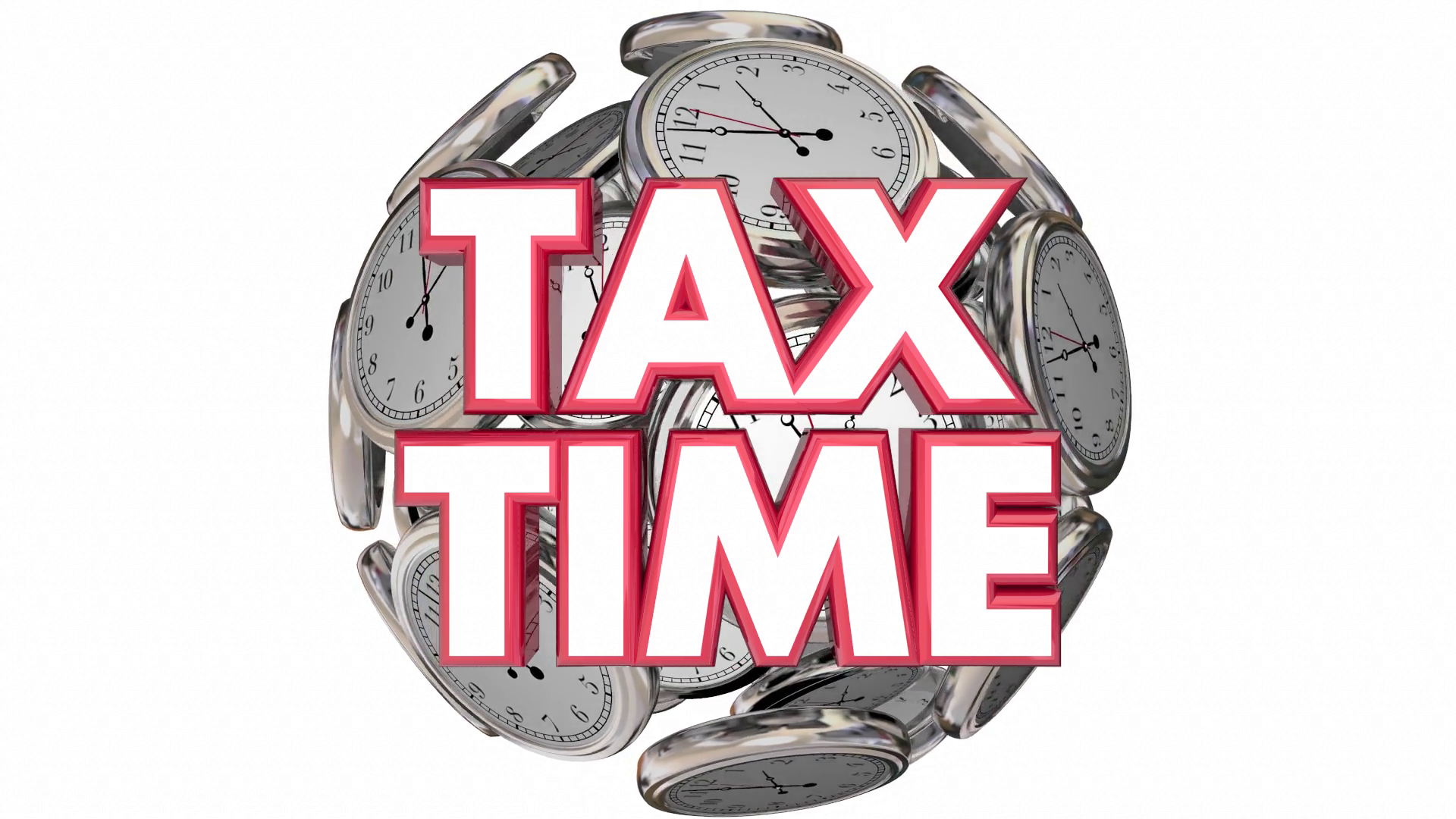
Payments on account due by 31 July 2018
If your personal tax bill for last year was above £1,000 then it’s time to make the second payment on account for the 2017-18 tax year which is due to be paid to HMRC by 31 July 2018 – the first payment on account was due by 31 January 2018.
HMRC requires taxpayers to make a payment on account, it’s 50% of your tax due for the current year paid in 31 January 2018, and another 50% on 31 July 2018. The Payment on Account can be thought of as a way of paying off some of your next year tax bill in advance.
How much you have to pay is based on your previous year’s tax return, so your 2017-18 payments on account are based on your 2016-17 tax return.
If 2017-18 is your first year in self-assessment, then you would not have any payments on account to make until Januray 2019.
Everyone should make payment on account unless:
- your previous tax return tax bill was less than £1,000; or
- you’ve already paid more than 80% of all the tax you owe for the year – e.g. if you are in an employment then you already pay tax through your tax code (your employer will deduct tax on your behalf and pay it to HMRC)
Example of payments on account:
David started self-employment in 2016-17 and this was the first year that he was in the self-assessment tax return system.
David tax return for 2016-17 showed that his tax due for the year was £10,000.
He would have had to pay this tax to HMRC by 31 January 2018.
On top of this he would have had to pay 50% of the £10,000 as a payment on account for the 2017-18 tax year, also due by 31 January 2018, bringing his total tax payment due by 31 January 2018 to £15,000.
He would then have to make a second payment on account to HMRC for the 2017-18 tax year by 31 July 2018, this would also be 50% of the 2016-17 tax which is £5,000.
When it comes to preparing and filing his personal tax return for 2017-18 these payments on account will be factored in and will reduce her payment due for the tax year, the final balancing payment being due by 31 January 2019 – although he will then have to make payments on account for the 2018-19 tax year.
What else is included in the payments on account?
It is not just tax that has to be included in the payments on account calculation, but for self-employed it also includes class 4 national insurance.
However, class 2 national insurance, student loan repayments and capital gains are not included in payments on account.
Can you reduce your payments on account?
If your tax estimate for the following tax year is lower than the current year then you can reduce your payments on account when you do your tax return.
For example, you may be a freelancer who is going back to an employment or there is a capital investment this year that you think it will drop your tax bill.
Be aware when considering this that if you are to reduce your payments on account and it turns out that you did indeed have the tax to pay then HMRC would reinstate them when you file your tax return and charge interest based on late payments of tax.